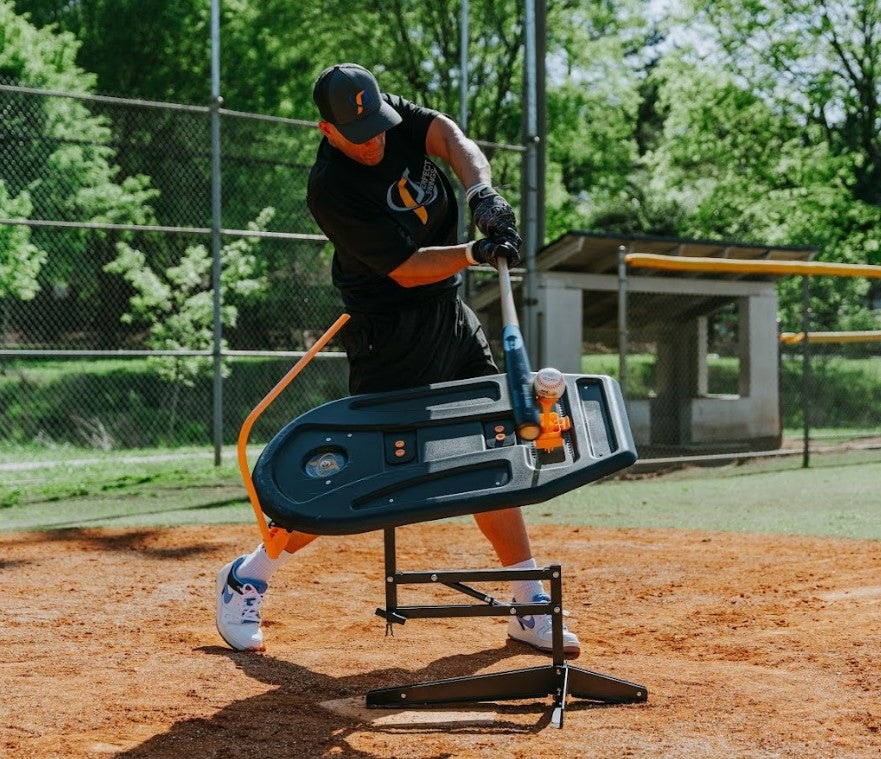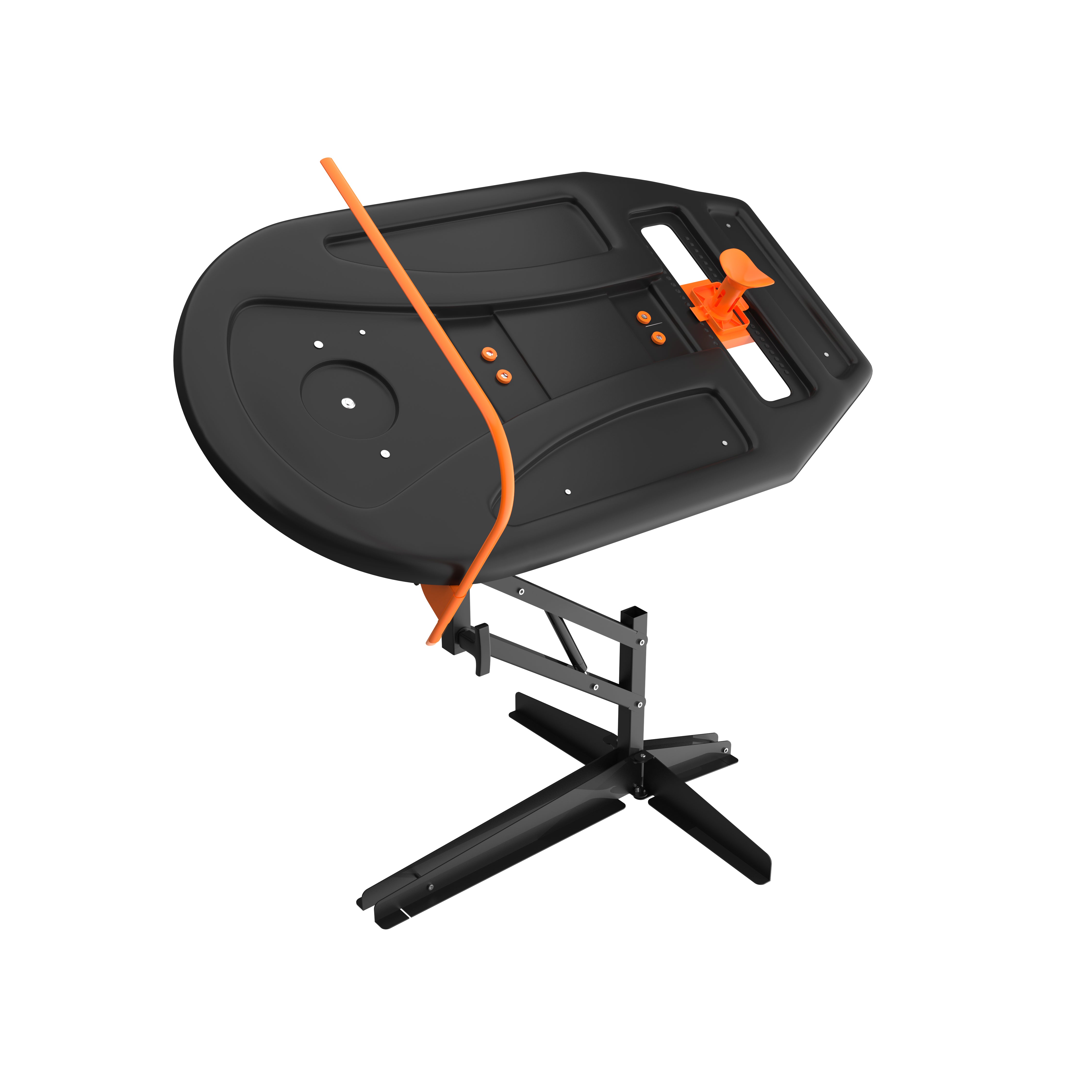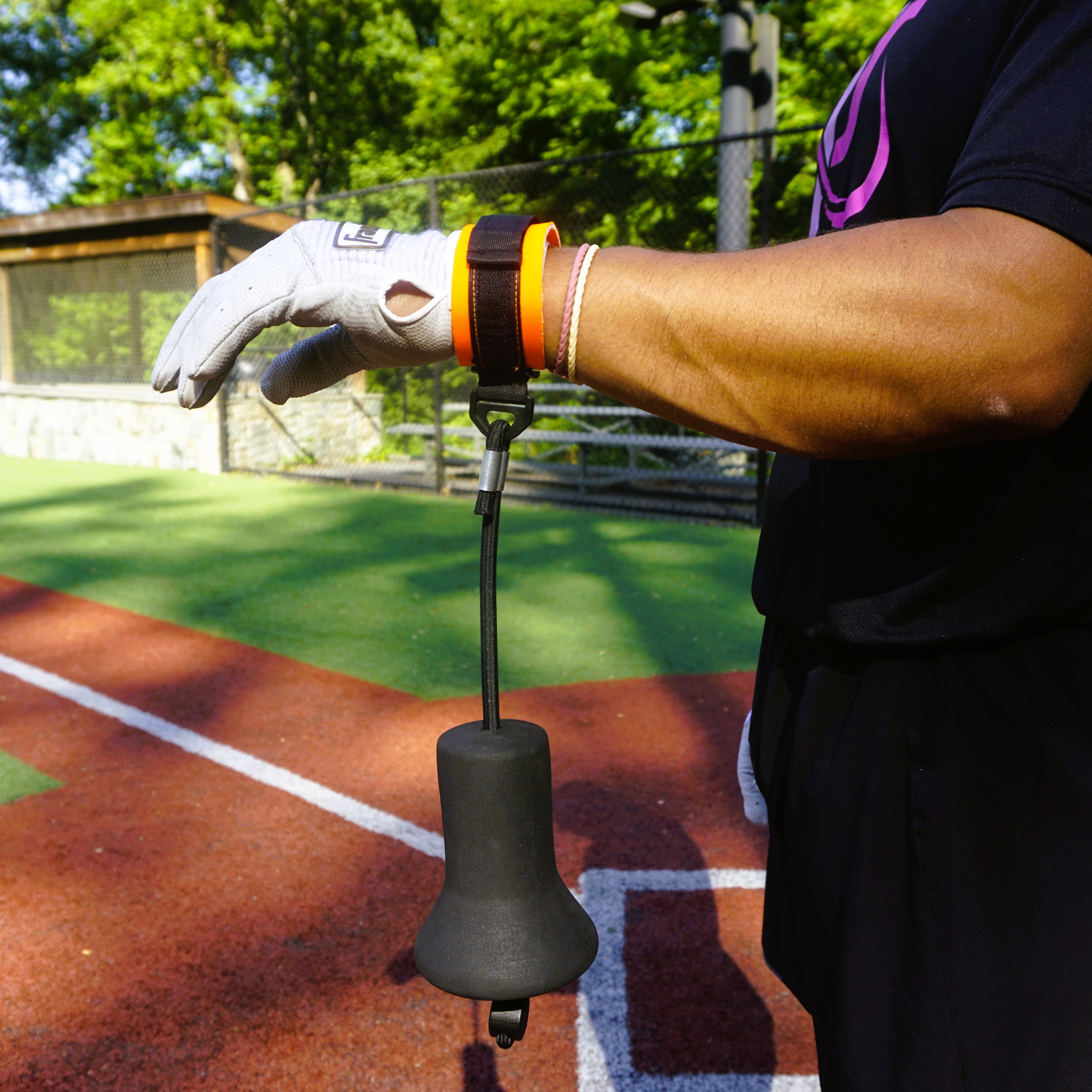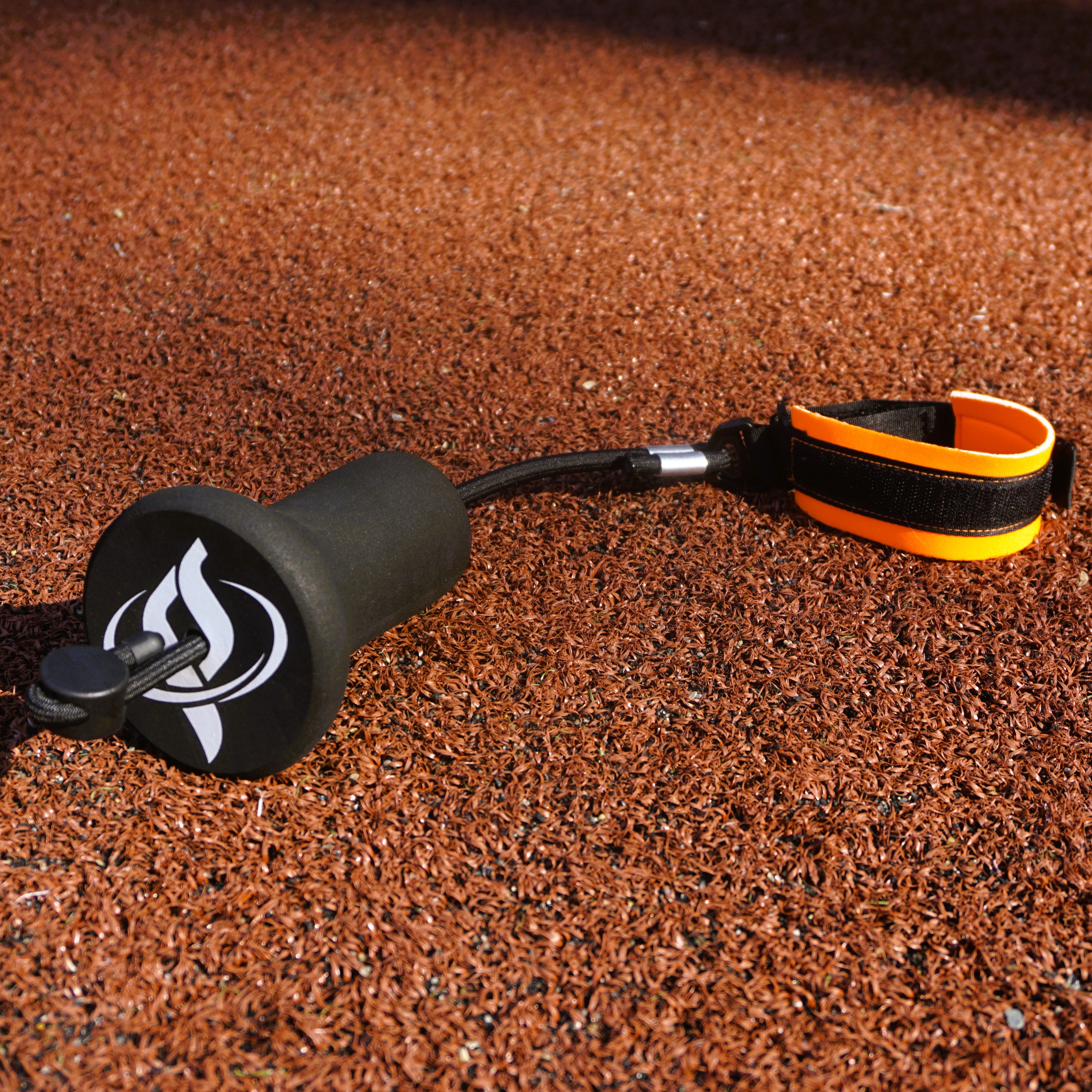Unlocking true power in your baseball swing isn’t about brute force; it’s about refining your technique and building a foundation that lets everything work together. When a hitter puts thought and practice into stance, grip, timing, rotation, and practice habits, power comes naturally—and consistently.
What separates great hitters is not force, but their commitment to deliberate practice and mastery of the basics. Keep reading to learn how to improve your baseball swing power with these simple steps.
Step 1: Build a Solid Foundation With Your Stance
Your stance grounds you and prepares every muscle to contribute. A proper stance puts your feet about shoulder-width apart and slightly angles your front foot toward the pitcher, optimizing both stability and mobility. Flex and relax your knees so they’re ready for explosive movement. An athletic posture lets you transfer your weight quickly and smoothly to generate power.
Equally important is distributing your weight on the balls of your feet, not on your heels or toes. Leaning too far in any direction throws off your swing and drains your ability to adjust. Starting with your shoulders square prepares you for smooth, coordinated upper-body rotation at the start of the swing.

Step 2: Grip the Bat Properly
The way you grip the bat determines how freely and quickly your hands and wrists can move, both of which influence bat speed and control. For optimal results, hold the bat more with your fingers than with your palms. The bat should rest along the calluses at the bottom of your fingers, allowing for better movement in your wrists.
Make sure your knuckles line up in both hands to set up for the strongest position at contact: palm up and palm down. All ten fingers should wrap firmly around the handle, including the lower hand sitting atop the thumb, helping you retain maximum control.
Step 3: Store and Release Energy With Your Load and Stride
The load and stride sequence is what stores and unleashes your swing’s power. A good load is a subtle but key move—shifting your weight slightly back while starting separation between your hands and your front foot. Hands should move back four to six inches just as your front shoulder turns away a bit from the pitcher. This movement builds “torque,” much like winding up a spring, so you’re ready to uncoil with force.
Your stride should be short—about six to eight inches—stepping softly and slightly toward the pitcher or home plate. This keeps your balance and lets your hips and shoulders move freely. Avoid reaching too far, as that will disrupt your timing and balance. The best hitters start their stride early enough to prepare, but not so early that they become vulnerable to changes in pitch speed or location.
Step 4: Stay in the Zone Longer With Your Swing Path
Your bat’s path through the hitting zone is what turns loaded energy into powerful hits. Think of your swing as an elongated, slightly upward circle—an “oblong circle”—that follows the pitch’s trajectory. The longer your bat stays on the plane of the oncoming pitch, the more often you’ll make solid contact.
The optimal swing is slightly upward to meet most pitches, which are coming in on a downward path. This helps lift the ball, reduces weak grounders, and supports harder contact. Body posture is everything: a balanced, upright position allows your swing plane to track the ball precisely. Losing form—overreaching, leaning, or rolling your wrists—will create a less effective path and sap power.
Step 5: Generate Power With Hip and Torso Rotation
Much of your swing’s power comes from the coordination of your hips and torso. Power doesn’t start in the arms, but in your lower body. The most explosive motion is hip rotation, which should always begin before you start moving your hands and bat. This creates a chain reaction that flows energy from your legs and core into the bat.
As you begin the forward motion, push your back foot off the ground, shift your weight toward the front foot, and let your hips rotate through the strike zone. Proper weight transfer is critical—rotation without weight shift limits the force you can deliver to the ball. Maintain what’s called the “T-position” as you rotate: arms in line with your torso, creating resistance at contact. This lets you generate top bat speed and direct as much force as possible into the ball.

Step 6: Transfer Energy Through Your Shoulders
Your shoulders play a guiding role throughout the swing. Their angle at contact should mirror that of your bat—if your bat tilts for a low pitch, your lead shoulder should dip; for a high pitch, keep your shoulders flatter. Matching your shoulder and bat angle ensures that energy flows most efficiently into the ball.
A common mistake is opening the front shoulder too early, especially when trying to generate more power. This reduces your ability to drive the ball the other way, saps momentum, and causes weak grounders to the pull side. Instead, try to keep your front shoulder closed longer—this increases your plate coverage and supports full-body connection through the swing.
Step 7: Practice, Practice, Practice
Now that you know how to improve your baseball swing power with these simple steps, all that’s left to do is practice it again and again. Your body only forms muscle memory through correct repetitions; the more you repeat proper movement, the more instinctual it becomes. Focus each session on a particular skill, like loading, bat path, or hip rotation, and keep your repetition high-quality, not just high-quantity.
Every swing you take in practice should mimic a game situation. Mechanics drilled at game intensity will carry over more reliably and help cement the correct habits, letting you trust yourself under pressure. The emphasis should always be on quality, not just taking more swings for the sake of it.
Training Aids to Accelerate Progress
Innovative training tools can bring rapid improvement to your swing by providing immediate feedback and helping you repeat proper mechanics. Tools like Perfect Swings USA’s Swing Path Trainer physically guide the bat on the correct path. When your swing deviates, you feel it instantly and can adjust on the very next rep. This speeds up learning and helps you avoid growing bad habits.
Devices that keep your bat in the strike zone longer build the muscle memory for consistent, squared-up contact. That feedback is invaluable, shortening the learning curve for hitters of all levels. Professional coaches and organizations—such as the Mets, Blue Jays, White Sox, Cardinals, Rangers, Orioles, and Miami—use Perfect Swing USA’s training aids, so why not use the tools the big leaguers trust?
Train Smarter, Not Harder With Perfect Swings USA
True swing power comes from technique and repetition—not brute force. When you master your swing's components and practice them consistently, you’ll unlock new power at the plate. Are you ready to combine athleticism with precision? Step into the batter's box with confidence by exploring the training aids at Perfect Swings USA and start building a more powerful, consistent swing today.







